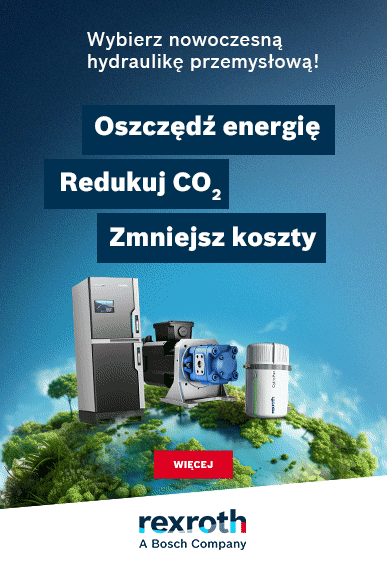The Graphene Flagship will exhibit key technological advances enabled by graphene and related materials at the Tallinn Digital Summit on 29 September 2017. This event, held under the Estonian presidency of the Council of the European Union, is a forum for Heads of State and Government from across Europe to discuss digital innovation and Europe’s digital future. They will focus on the trends and technology likely to emerge in the next ten years and the crucial areas of trust, security, e-government, industry, the economy and society. The Graphene Flagship will present many different demonstrators to illustrate the potential of graphene and related materials in Europe’s path to global digital leadership.
The Graphene Flagship is the European Commission’s largest ever research initiative in new materials, aimed at taking graphene and related materials from the realm of academic laboratories into European industry and society, facilitating economic growth and creating new jobs. Launched in 2013, the Graphene Flagship is a combined academic-industrial consortium with over 150 partners in 23 European countries. This combined research and innovation effort covers the entire value chain, from materials production to components and system integration, targeting a number of specific goals that exploit the unique properties of graphene and related materials.
Professor Jari Kinaret, the Director of the Graphene Flagship stated “The Tallinn Digital Summit allows us to exhibit some of the many results the Graphene Flagship has achieved during its first four years. This is a great honour and a unique opportunity for us to show the highest decision makers what Europe can achieve by working together towards a common goal, and demonstrates that the Flagship is well on its way to realize its ambitious goals”.
Graphene is a two dimensional material formed by a single atom-thick layer of carbon, with the carbon atoms arranged in a hexagonal lattice, giving it a set of unique and outstanding properties. As well as being the thinnest, strongest and lightest known material, it is flexible, impermeable to molecules and extremely conductive electrically and thermally. As the world strives to maintain its pace of innovation, graphene and related materials have much to offer. From flexible displays and bendable batteries to datacom interconnects and sensors, graphene and related materials promise to play a key role in our digital future. At the Tallinn Digital Summit, the Graphene Flagship Exhibition Area will showcase the potential of graphene and related materials with an array of interactive demonstrators and prototypes.
Professor Andrea C. Ferrari, Science and Technology Officer of the Graphene Flagship and Chair of its Management Panel, stated „As the Graphene Flagship steadily progresses in its science, technology and innovation roadmap, an ever increasing number of demonstrators and products are being developed. Tens of start-up and established companies and hundreds of patents are moving graphene and related materials from the lab towards the factory floor. These have a lot to offer to contribute to the digital innovation of Europe, as will be showcased by a selection of demonstrators during this key event for the European Union”.
The Graphene Flagship Exhibition Area will showcase the work of academic and industrial co-exhibitors from across the consortium on five application areas: sensors and the Internet of Things, devices for the digital world, society and healthcare, energy and solar cells, and composites.
Graphene and related materials hold great potential in the new generation of sensors and connected devices in the Internet of Things. Gas sensing is important for applications from environmental monitoring to smart packaging; graphene-based sensors can detect gases in low concentrations, and these can be combined to create an “electronic nose” capable of distinguishing different gases. Broadband optical sensing has far-reaching applications in biomedical technologies, security, automotive, smart housing, and entertainment as well as being a building block for future imaging technologies aiming to augment our visible reality, as shown in a graphene-based chromatic eye that uses different graphene photodetectors in an array for broadband optical sensing. The unique properties of graphene and related materials can enable different devices for our digital world. On show will be the first, flexible, graphene based terahertz detector which enables wireless ultrahigh-speed communication of large amounts of data for applications such as 5G. Energy generation and storage is of paramount importance for our digital future and the Graphene Flagship will showcase a large area solar cell, boosted by graphene to a world-record high efficiency, demonstrating graphene’s potential for clean energy generation. Healthcare applications enabled by graphene and related materials will have many important societal impacts. The Graphene Flagship will show how graphene can be used in retinal implants which can serve as optical prostheses for people who have lost their sight. Also on display will be a graphene sensor able to detect the electrical activity of the brain, providing early detection for neurological events such as epileptic seizures. As an example of near market products, the Graphene Flagship will present a graphene-coated motorcycle helmet and a drone with graphene propellers. The Graphene Flagship partner Airbus will also display a model aircraft which illustrates how their current graphene materials research aims to improve their future aircrafts.
Through this exhibit at the Tallinn Digital Summit the Graphene Flagship will show the important part graphene has to play in technological innovation for our digital future.
Źródło: Graphene Flagship
































































